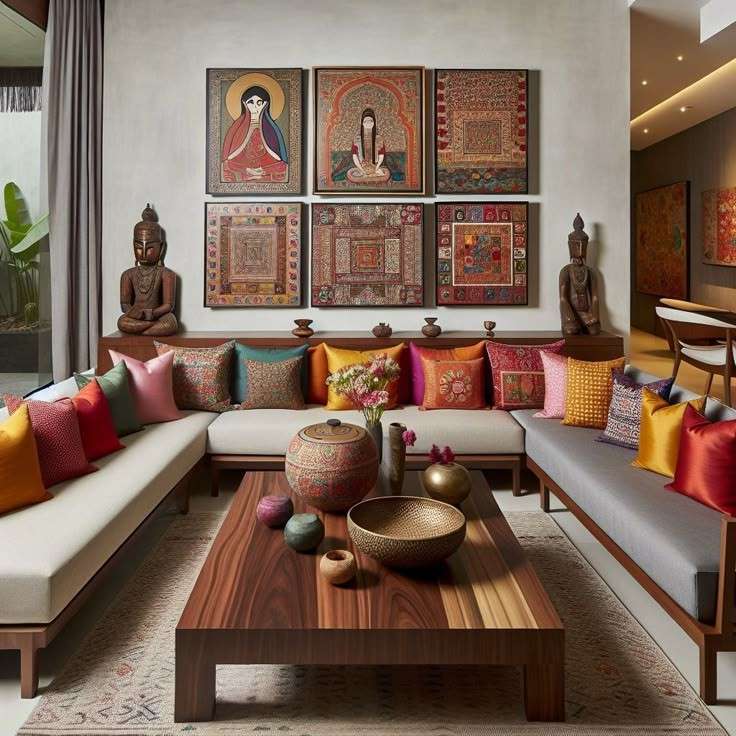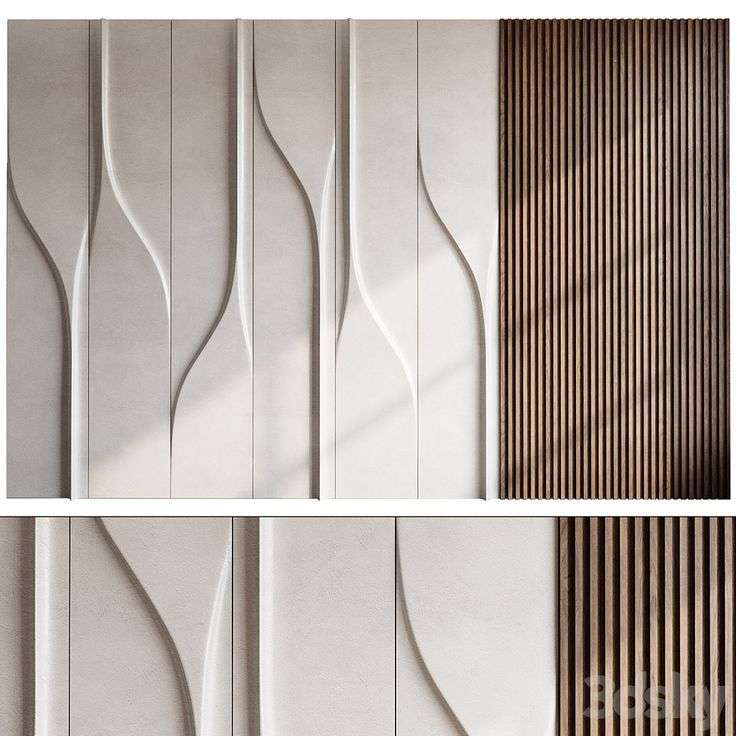
Traditional design is a style rooted in history, inspired by classical European architecture and interior design. It exudes timeless elegance, warmth, and comfort, offering a sense of stability and heritage. Often viewed as the antithesis of modern or minimalist design, traditional style embraces intricate details, rich textures, and refined, ornate furniture.
In this blog, we will explore what defines traditional design, how to incorporate it into your home, and why it continues to be a beloved choice for those seeking comfort, sophistication, and a connection to the past.
What is Traditional Design?
Traditional design is based on centuries-old principles of balance, symmetry, and proportion, often derived from European influences, particularly the Georgian, Victorian, and Colonial eras. This style is characterized by its use of classic furniture, rich color palettes, luxurious fabrics, and formal arrangements.
Unlike modern styles, which often focus on minimalism and functionality, traditional design favors more decorative details and a curated approach to decorating. It blends ornamental elements such as detailed moldings, patterned rugs, and antique furniture with a timeless sense of harmony, offering a space that feels both classic and cozy.
Key Characteristics of Traditional Design
- Rich, Warm Color Palettes
Traditional interiors often feature a rich, warm color palette. Deep tones such as burgundy, navy, forest green, and chocolate brown are commonly used for walls, furniture, and accents. Soft neutrals like ivory, beige, and taupe are frequently used for upholstery and drapery. This combination of deep and neutral tones creates a welcoming atmosphere and enhances the overall sense of coziness in a traditional home. - Classic Furniture with Ornate Details
Furniture in traditional spaces tends to have classic, stately designs with elaborate details. Think of wingback chairs, tufted sofas, carved wooden tables, and antique-inspired armoires. Pieces are typically made from rich woods, such as mahogany, oak, or cherry. Ornate carvings, cabriole legs, and upholstered fabrics in floral patterns or damask prints add a touch of luxury to these pieces. - Symmetry and Balance
Traditional interiors favor symmetry, creating a sense of order and balance. Furniture is often arranged in a way that mirrors the layout of the room. For example, two identical armchairs might sit opposite a fireplace, or a sofa could be flanked by matching end tables. Even artwork and décor are often displayed in pairs or arranged to create a visual balance, contributing to the classic feel of the room. - Luxurious Fabrics and Textiles
Textiles play a significant role in traditional design, adding both comfort and sophistication to the space. Luxurious fabrics such as silk, velvet, linen, and brocade are frequently used for upholstery, drapery, and throw pillows. Patterned fabrics, like floral, damask, or toile, are popular choices for adding visual interest and texture to the room. Heavy drapes or curtains are often used to frame windows, creating a formal, refined atmosphere. - Detailed Molding and Architectural Elements
Traditional interiors often feature intricate architectural details like crown molding, wainscoting, and baseboards. These elements help define the space and add a layer of sophistication to the room. Wood paneling or beadboard can be used for wainscoting, while elaborate moldings along the ceiling and walls contribute to the feeling of grandeur that is characteristic of traditional style. - Classic Lighting Fixtures
Traditional design often incorporates elegant lighting fixtures, such as chandeliers, pendant lights, and table lamps with detailed bases. Crystal or brass chandeliers add an air of opulence, while table lamps with ornate bases and pleated shades help provide softer, ambient lighting. Lighting is chosen not only for its function but also as a design element that enhances the traditional aesthetic.
How to Incorporate Traditional Design into Your Home
- Choose Classic, Timeless Furniture
The foundation of any traditional room is its furniture. Opt for pieces that feature classic, stately designs with rich, dark woods and intricate details. Look for upholstered sofas with rolled arms, wingback chairs, and antique-style wooden tables. When it comes to storage, consider adding a large china cabinet or a vintage bookcase to evoke that traditional charm. - Play with Color
Traditional design thrives on rich, warm colors. You can paint your walls in deep hues like navy, deep red, or charcoal, or opt for neutral shades such as beige, cream, and light gray for a more subtle backdrop. Add depth to your space by incorporating colorful accents through throw pillows, rugs, and curtains in shades of gold, plum, or green. - Use Luxurious Fabrics
Incorporating rich fabrics will instantly elevate the room. Choose plush velvet or silk for upholstery, or go for floral or damask patterns for an extra touch of elegance. For drapery, select heavy fabrics that add texture and visual weight to the room. Opt for soft cotton or linen for your bed linens and tablecloths to create a welcoming, luxurious atmosphere. - Include Symmetrical Layouts
Arrange your furniture in a way that emphasizes symmetry. For example, place identical armchairs or lamps on either side of a focal point like a fireplace or a large window. Symmetry provides a sense of harmony and order, which is at the heart of traditional design. - Add Architectural Details
One of the easiest ways to incorporate traditional elements is through architectural details. Add crown molding to the ceiling, wainscoting or paneling to the lower walls, and ornate baseboards to add depth and texture to the room. These details will help create a sense of timeless elegance and enhance the overall aesthetic. - Incorporate Antique or Vintage Pieces
Traditional design thrives on the inclusion of antiques or vintage-inspired pieces. Consider adding family heirlooms, antique furniture, or vintage accessories, such as mirrors, picture frames, or clocks. These pieces bring a sense of history and character to your home and help create a warm, lived-in feel. - Elegantly Styled Lighting
To complement traditional furnishings, opt for lighting fixtures with classical designs. Choose a crystal or brass chandelier for the dining room or living area, and consider table lamps with ornate bases for additional lighting in other areas. Lighting fixtures with soft, warm light will enhance the cozy, inviting atmosphere typical of traditional design.



